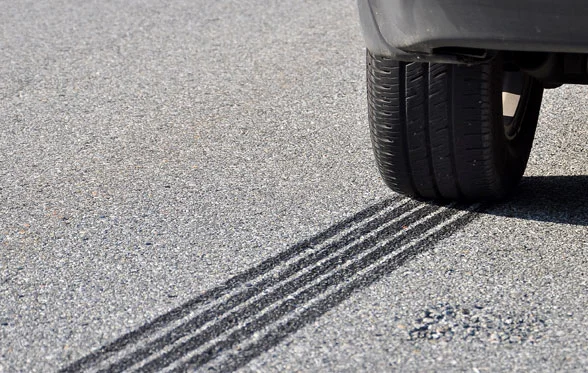As is the case in many countries around the world, in Australia it is mandatory for all new passenger cars and light goods vehicles to have a fuel consumption label affixed to their windscreen.
The original Australian fuel consumption labelling requirement was implemented by Australian Design Rule (ADR) 81/00 on 1st January 2001. ADR 81/00 applied to all passenger cars and light duty trucks with a GVW not exceeding 2700 kg and required the fuel consumption, in litres per 100 km, to be determined using a drive cycle based on the US FTP75 city cycle. This fuel consumption figure then had to be shown on a fuel consumption label fitted to the inside of the vehicle's windscreen.
With effect from 1st January 2004, ADR 81/00 was replaced by ADR 81/01. ADR 81/01 extended the scope of the fuel consumption labelling requirements to cover all passenger cars and light goods vehicles with a GVW not exceeding 3500 kg. It required that both fuel consumption, in litres per 100 km, and carbon dioxide (CO2) emissions, in grams per km, were determined in accordance with the requirements of ECE Regulation No. 101. Both the combined fuel consumption figure and the combined CO2 emissions figure determined by this testing had to be shown on the fuel consumption label.
In March 2008, the Australian Government published Australian Design Rule (ADR) 81/02 on fuel consumption labelling, which updates the label format and requires additional information on the label. ADR 81/02 specifies that, as well as including the combined fuel consumption and combined CO2 emissions figures, the fuel consumption label must now also show figures for urban fuel consumption and extra-urban fuel consumption. (Note: These figures are already determined as part of the ECE 101 fuel consumption testing, but had not previously been required to be shown on the fuel consumption label.)
Fitment of this new label becomes mandatory from 1st October 2008 for new types of vehicle and from 1st April 2009 for all new vehicles.
